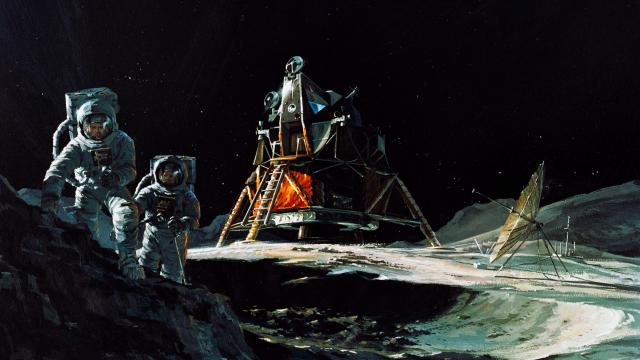I’ve always been a huge fan of NASA’s concept art — sometimes you need to see what the future might be like to get sufficiently hyped. Missions to space often involve cameras that document these journeys, and it’s always fun to compare what we thought something would look like to how it actually appears. But in cases where cameras aren’t involved, or when probes can’t capture selfies, concept art is all we’ll ever have, aside from our imaginations. These historical conceptual images from NASA are among our favourites.
NASA takes flight
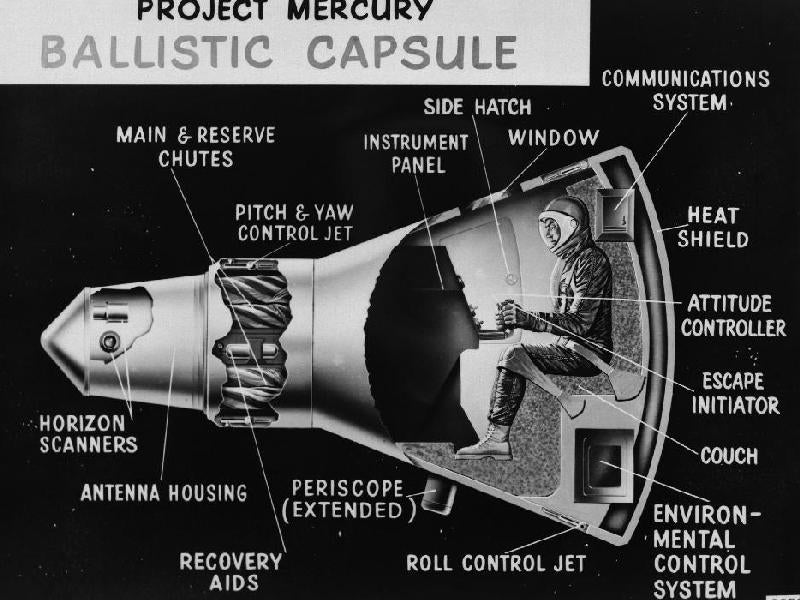
NASA released this cutaway of the Mercury capsule in April 1959, very shortly after the space agency was founded. Project Mercury ran from 1959 to 1963, and it “proved that humans could live and work in space, paving the way for future human exploration,” according to the space agency.
Imagining Gemini
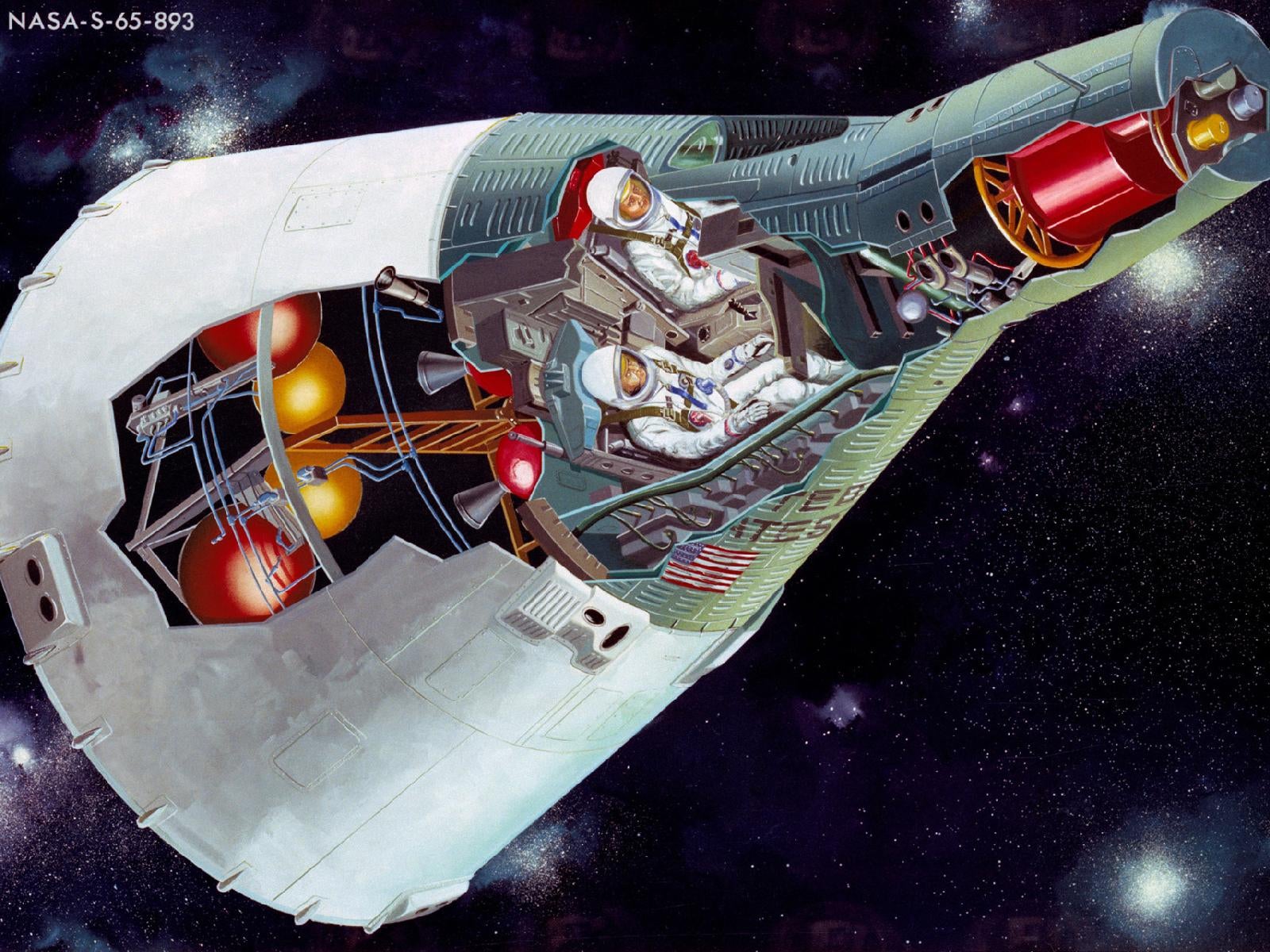
Project Gemini (1962 to 1966) followed the Mercury missions and featured a larger capsule that was capable of carrying two astronauts to space. It was also used to test rendezvous and docking, among other technologies needed for the upcoming Apollo missions to the Moon.
Servicing space telescopes
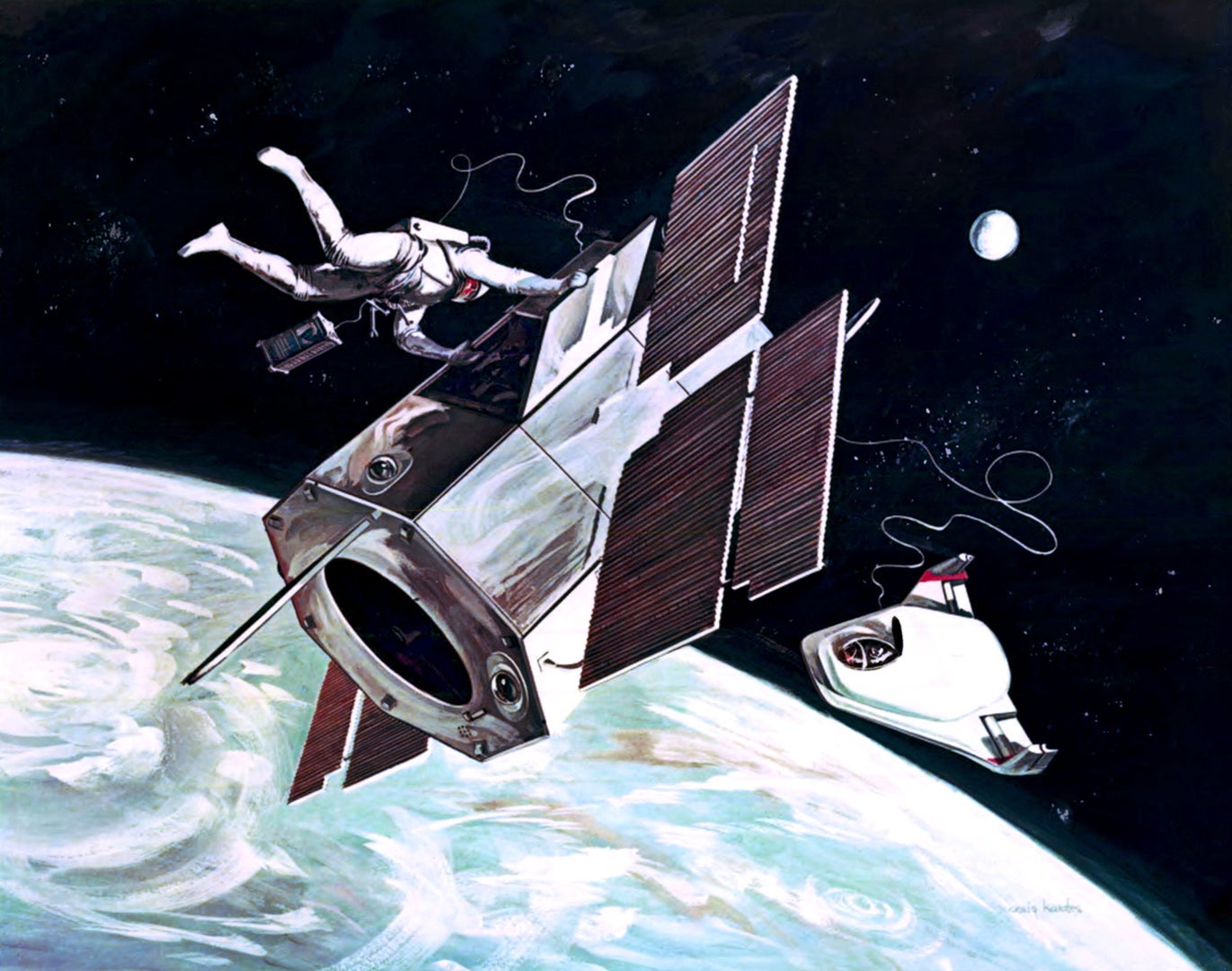
By the mid-1960s, NASA was already envisioning spacewalks for servicing satellites in low Earth orbit. The illustration above shows an astronaut working on a hypothetical Orbiting Astronomical Observatory, as NASA referred to space telescopes back then.
Apollo 13

A very cool concept image depicting the Apollo 13 mission in 1970, which famously never reached the lunar surface.
The Apollo-Soyuz Mission

The Apollo-Soyuz mission of 1975 marked the first joint space mission between the United States and the Soviet Union. The docking of the two spacecraft was viewed by millions of people across the globe, culminating in a handshake in low Earth orbit.
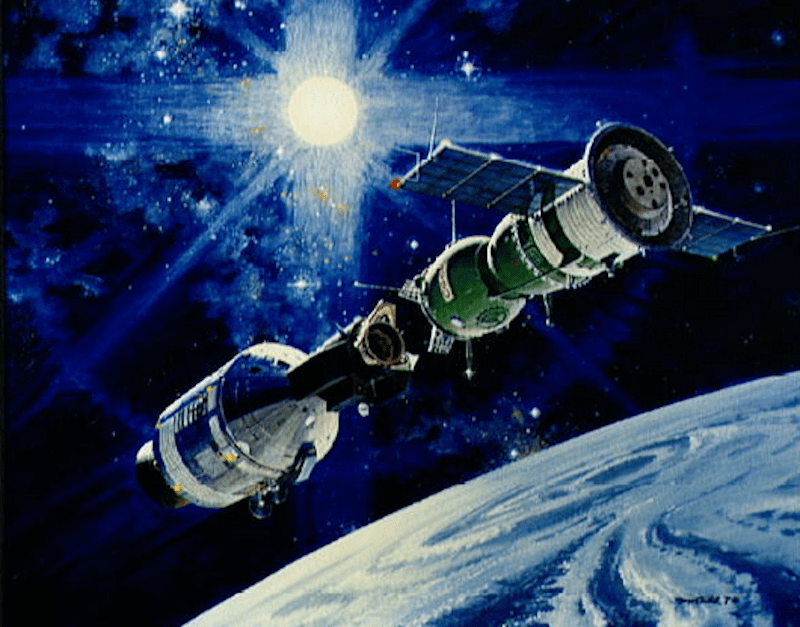
Working in GEO
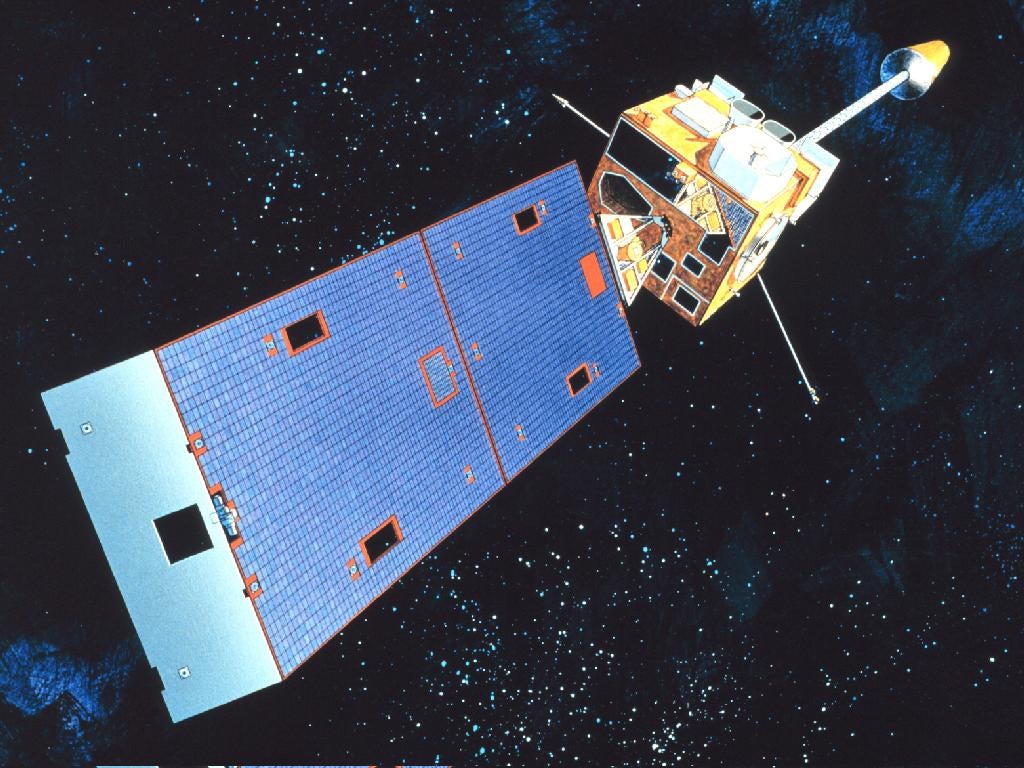
Launched on October 16, 1975, the first GOES satellite tracked storms on Earth and predicted weather patterns across the globe, which it did from geostationary Earth orbit. The GOES (Geostationary Operational Environmental Satellites) program continues to this day.
Envisioning a future interstellar traveller

This illustration depicts one of the two twin Voyager probes, which NASA launched in 1977. Voyager-1 is currently the farthest human-made object from Earth and is expected to transmit radio messages until 2025.
The Space Shuttle

This series of conceptual images depicts a typical mission sequence for NASA’s Space Shuttle. The program ran from 1981 to 2011 and flew for 135 missions. The Space Shuttle, as I’ve written before, was a beautiful — but terrible — idea.
Infrared Telescopy
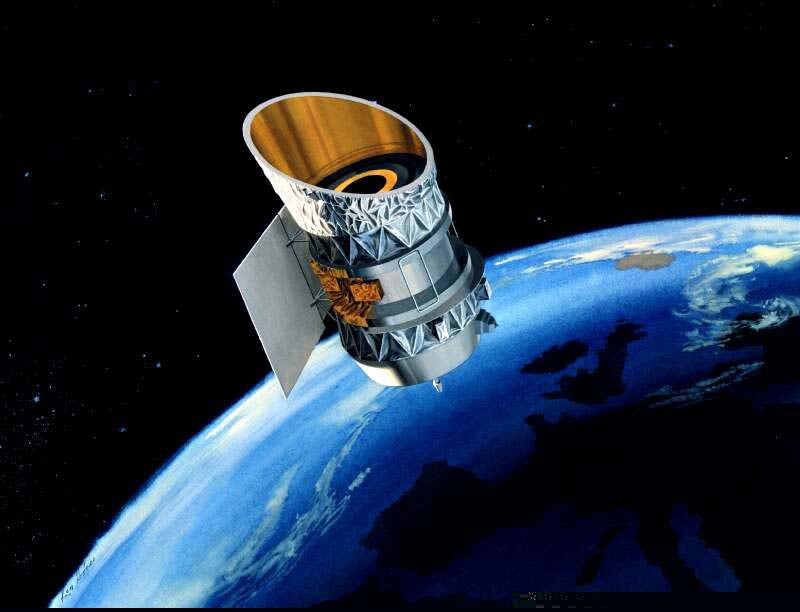
Launched in 1983, IRAS (Infared Astronomical Satellite) was the first space telescope to perform a full survey of the sky with infrared light, in a mission that lasted for 10 months.
ISS
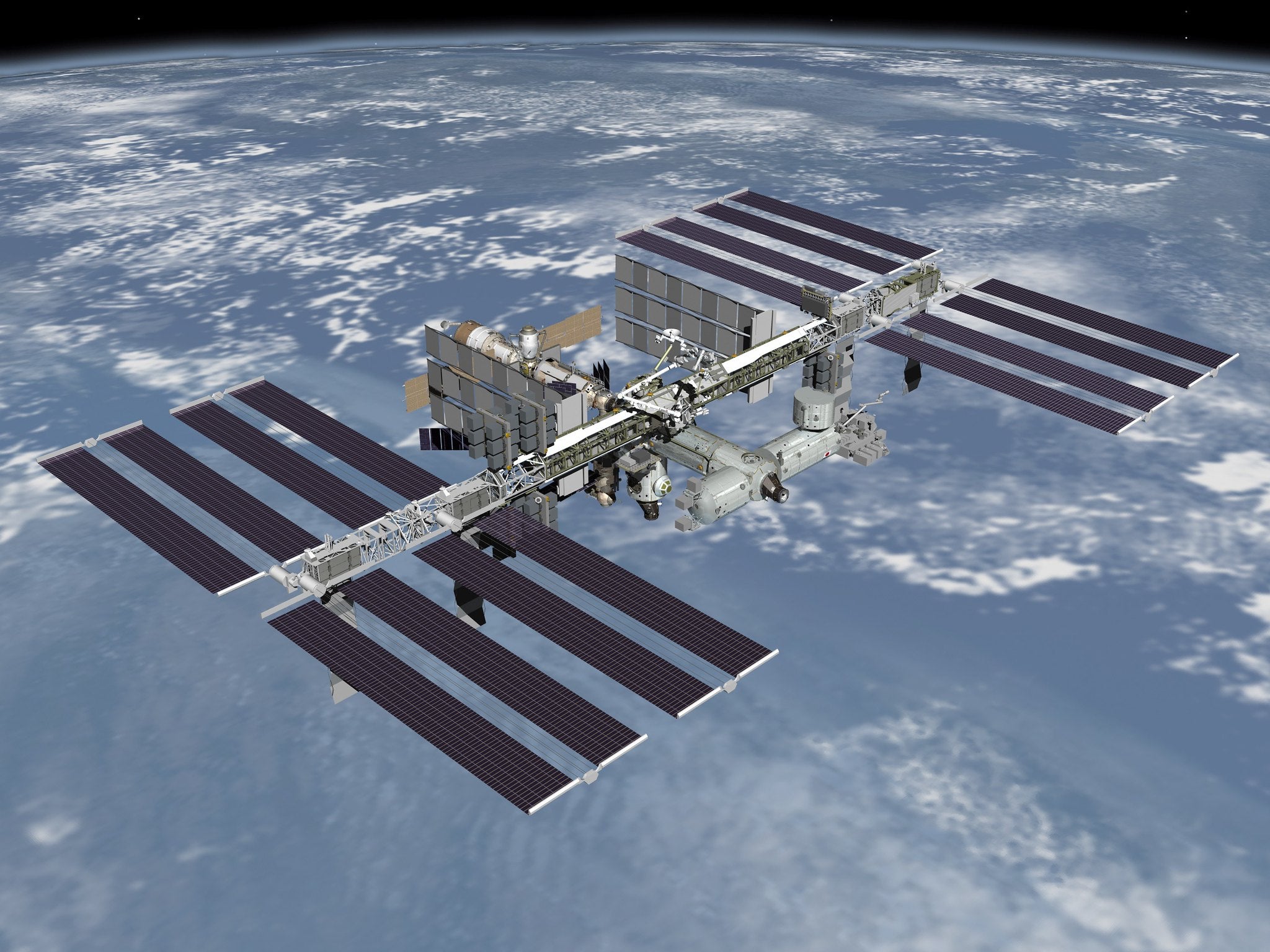
A computer-generated image depicting the International Space Station. The ISS launched in 1998 and is scheduled to last until 2030.
Mars Odyssey Mission

NASA’s Odyssey mission launched to Mars in 2001, where it scanned for chemical traces on the surface. Data from the Martian satellite hinted at copious amounts of water at the planet’s poles.
Mars Exploration rovers
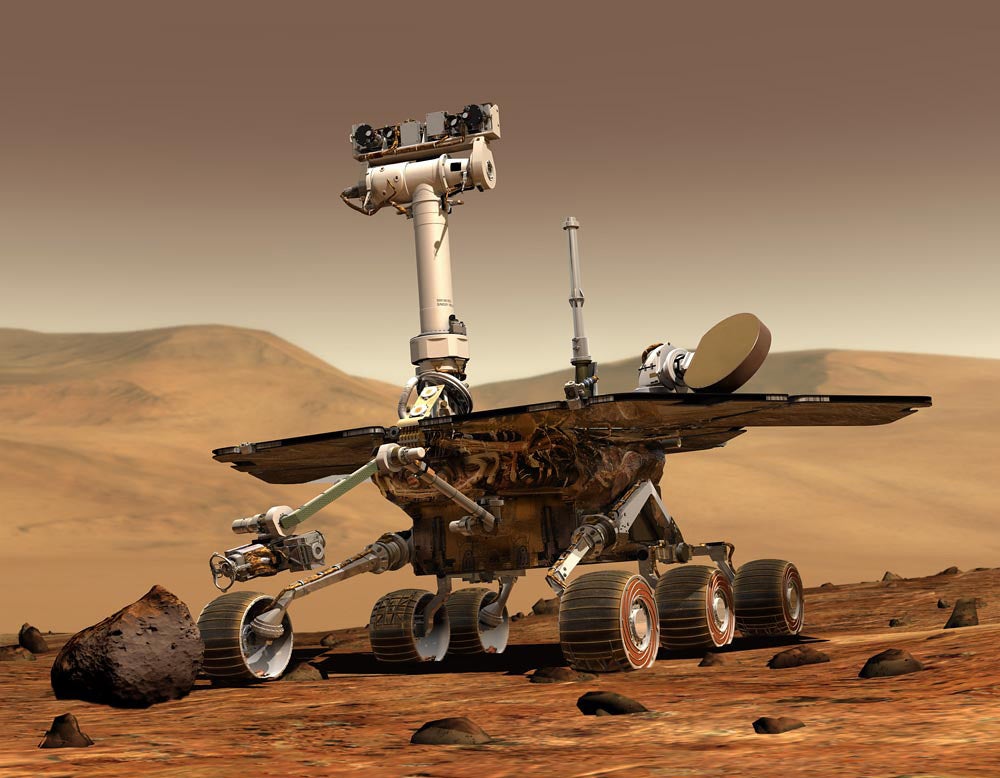
The two Mars Exploration rovers, Spirit and Opportunity, reached Mars in 2003 and 2004, respectively. The purpose of the missions was to search for evidence of water in Martian rocks and soil, and they paved the way for NASA’s Curiosity and Perseverance rovers.
Deep impact
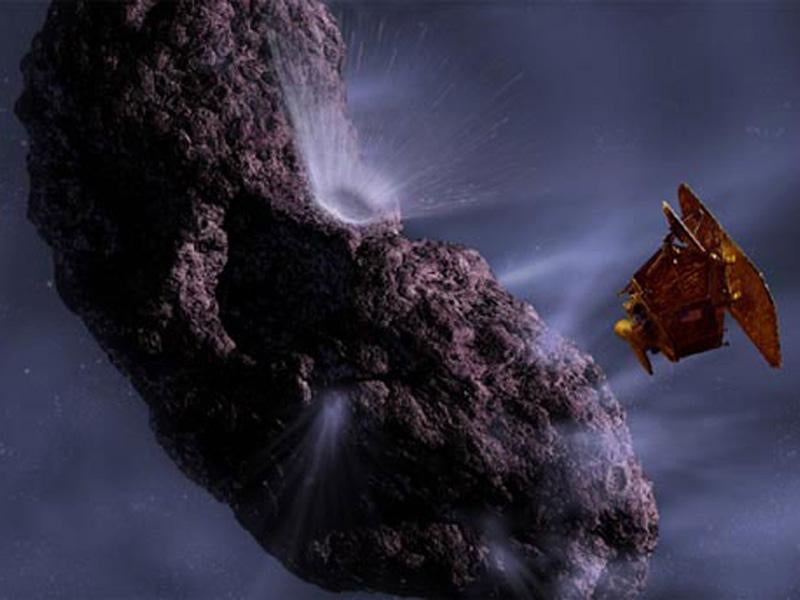
NASA’s Deep Impact spacecraft released an 800-pound (360-kilogram) impactor that smashed into Comet Tempel 1 in July 2005. The collision formed an impact crater and produced copious amounts of debris. The experiment showed Tempel 1 to be more dusty and less icy than anticipated.
Phoenix rising
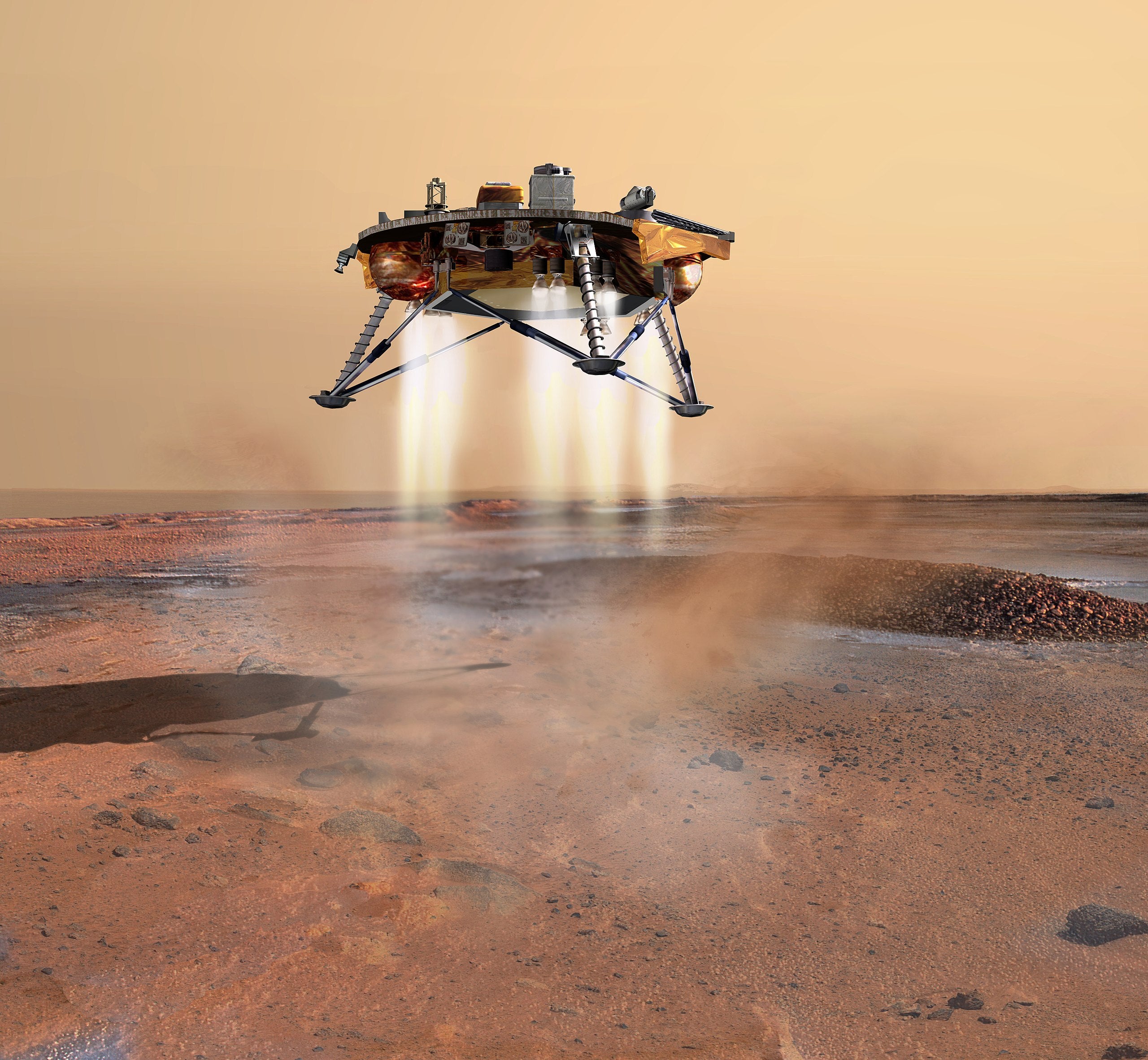
NASA’s Phoenix lander was the first probe to reach Mars’ polar region, which it did in 2008. The short-lived lander was designed to dig beneath the surface in hopes of detecting water and ice.
